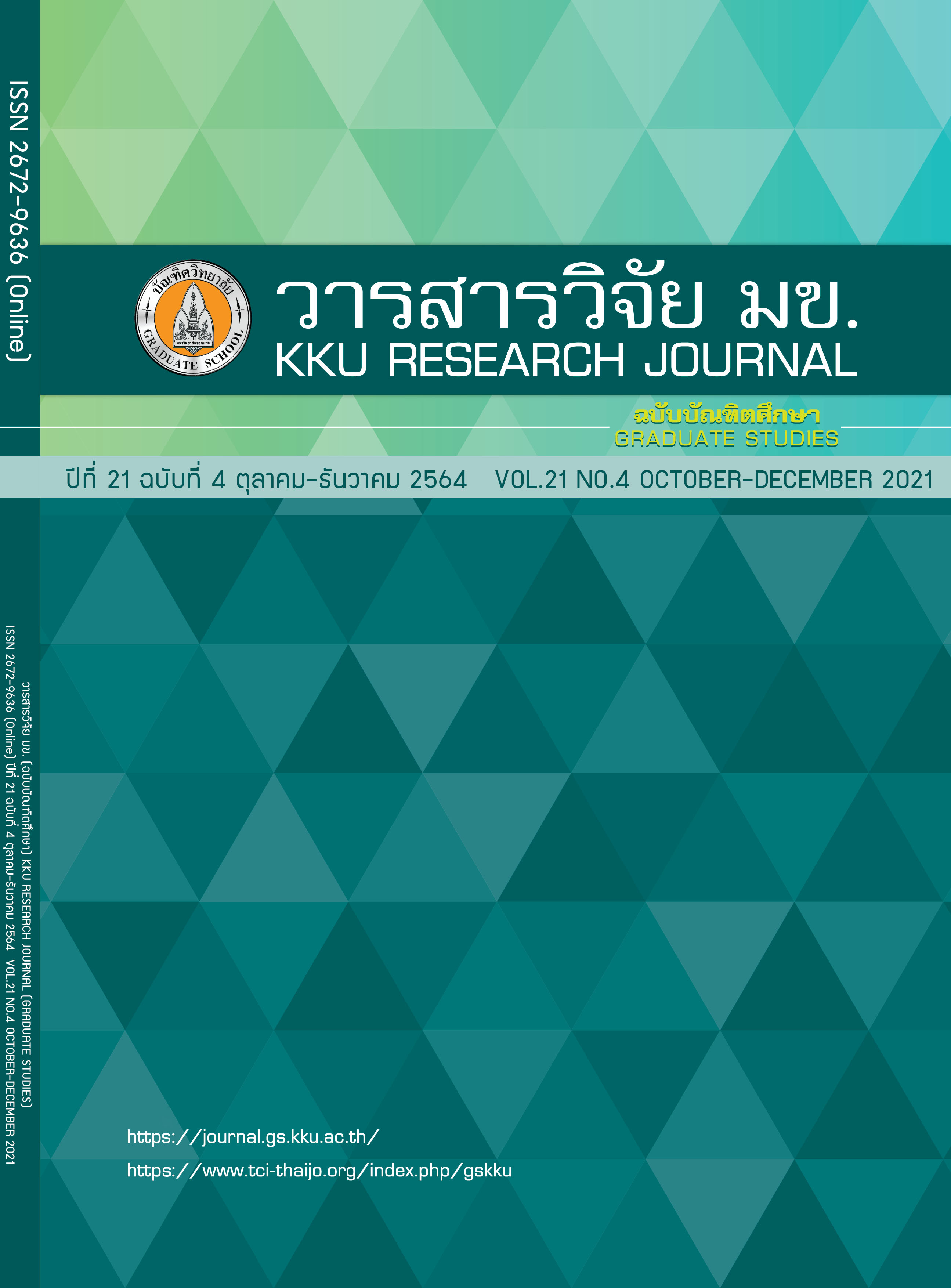Properties of Concrete Containing High Impact Polystyrene Plastic as Coarse Aggregate
Keywords:
Compressive strength, Chloride resistance, High impact polystyrene plasticAbstract
This research presents a study of the compressive strength, porosity, resistance to chloride of concrete containing high impact polystyrene plastic coarse aggregates (HP). Ordinary Portland Cement Type I (CT) was used in this study. Coarse aggregate was partially replaced with high impact polystyrene plastic (HP) at the dosage levels of 10%, 20%, 30%, 40% and 50% by volume of normal coarse aggregate. Water to binder ratio (W/C) with constant of 0.45 was used in this research. Superplasticizer (SP) was used to control the workability of concrete mixes. Compressive strength, porosity and chloride resistance of concrete were investigates Test results found that the use of high impact polystyrene plastic (HP) at the dosage levels of 10% by volume of normal coarse aggregate increased compressive strength, improved resistance to chloride and decreased porosity of concrete in comparison with that of HP coarse aggregate at the dosage levels of 20%, 30%, 40% and 50% by volume of normal coarse aggregate.
References
Rukzon S, Chindaprasirt P. Utilization of bagasse ash in high-strength concrete. Materials and Design. 2011; 34: 45-50.
Rukzon S, Chindaprasirt P. Strength, Chloride Penetration and Corrosion Resistance of Ternary Blends of Portland Cement Self-compacting Concrete Containing Bagasse Ash and Rice Husk-bark Ash. Chiang Mai Journal Science. 20184; 5(4): 1863-1874.
Rukzon S, Chindaprasirt P. Strength and porosity of bagasse ash-based geopolymer mortar. Journal of Applied Sciences. 2014; 14(6): 586-591.
Chindaprasirt P, Rukzon S. Strength and chloride penetration of Portland cement mortar containing rice husk ash and ground river sand. Materials and Structures 2015; 48(11): 3771-3777.
Taner Y, Tulin S, Tamer S. Fracture characteristics of high impact polystyrene under impact fatigue loadings. Journal of Material Science. 2009; 44: 4308–4314
Hýlová L, Mizera A, Mizera M, Grund R, Ovsík M. Mechanical Properties Study of High Impact Polystyrene Under Impact and Static Tests. IOP Conf. Series: Materials Science and Engineering. 2018; 448: 012044.
ASTM C33. Standard Specification Concrete Aggregates. Annual Book of ASTM Standards. 2005; 04.02: 10-20.
ASTM C136. Standard Test Method for Sieve Analysis of Fine and Coarse Aggregates. Annual Book of ASTM Standards. 2005; 04.02: 88-92.
ASTM C39. Standard Test Method for Compressive Strength of Cylindrical Concrete Specimens. Annual Book of ASTM Standards. 2005; 04.02: 21-27.
ASTM C642. Standard Test Method for Density, Absorption, and Voids in Hardened Concrete. Annual Book of ASTM Standards. 2005; 04.02: 338-340.
Chindaprasirt P, Chottitanorm C, Rukzon S. Use of palm oil fuel ash to improve chloride and corrosion resistance of high-strength and high-workability concrete. Journal of Materials in Civil Engineering. 2011; 23(4): 499-503.
Rukzon S, Chindaprasirt P, Mahachai R. Effect of grinding on chemical and physical properties of rice husk ash. International Journal of Minerals, Metallurgy and Materials. 2009; 16(2): 242-247.
ASTM C1202. Standard Test Method for Electrical Indication of Concrete’s Ability to Resist Chloride Ion Penetration. Annual Book of ASTM Standard. 2001; 04.02: 646-651.
Neville AM. Properties of concrete. 4th and Final Edition, Malaysia: Longman Group Limited. 1995.
Rukzon S, Chindaprasirt P. Development of Classified Fly Ash as a Pozzolanic Material. Journal of Applied Sciences. 2008; 1097-1102.



